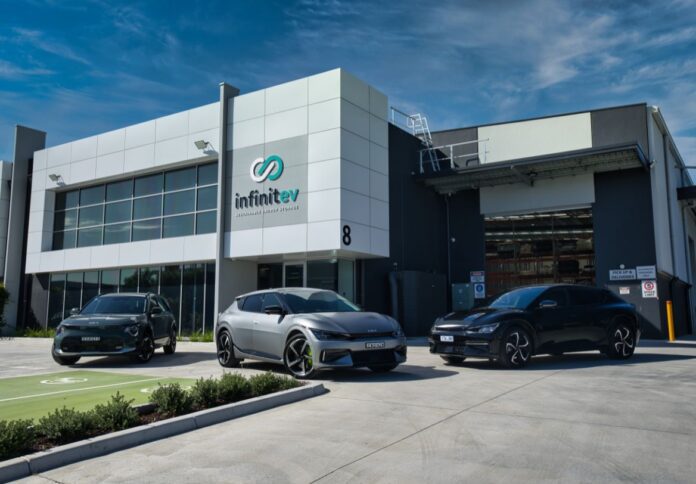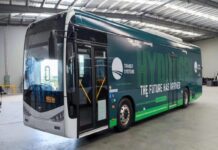
Infinitev, an emerging leader in the electric vehicle battery sector, has teamed up with Kia Australia to transform the landscape of EV battery reuse, repurposing and recycling solutions amid the industry’s rapidly rising demand for eco-friendly battery technology.
In a bid to address the critical challenges associated with the lifecycle of EV batteries, the partnership will leverage Infinitev’s cutting-edge expertise in sustainable technology and Kia’s renowned global mobility solutions provider position.
The partnership between Infinitev and Kia Australia marks a significant milestone for the sustainable transportation sector and is aimed at establishing new standards of excellence and reshaping the future of EV sustainability.
The collaboration aims to pave the way for a cleaner, greener future by revolutionising the way electric vehicle batteries are used, repurposed and recycled, Kia Australia and Infinitev said in a media release.
“We are proud to have a holistic solution that addresses the environmental concerns associated with electric vehicle batteries. Our innovative reuse approach ensures that the transition to a circular economy is not only sustainable but also reduces waste and preserves valuable resources. Through responsible battery management, we can accelerate the adoption of electric vehicles and build a greener Australia,” said Dickson Leow, general manager of Infinitev.
Damien Meredith, CEO of Kia Australia, said the company is in the very early stages of developing a solution that will allow EV batteries to be refurbished instead of discarded.
“What happens to an electric vehicle battery at the end of its life is an important consideration when it comes to EV buyers, so this is a very significant program,” Meredith said.
Kia Australia began rolling out its lineup of EVs in 2021 with the first-generation Niro. Hybrid and Plug-in Hybrid variants of the large SUV Sorento followed along with the second-generation Niro, which all adapted from platforms initially designed for internal combustion engine models.


















